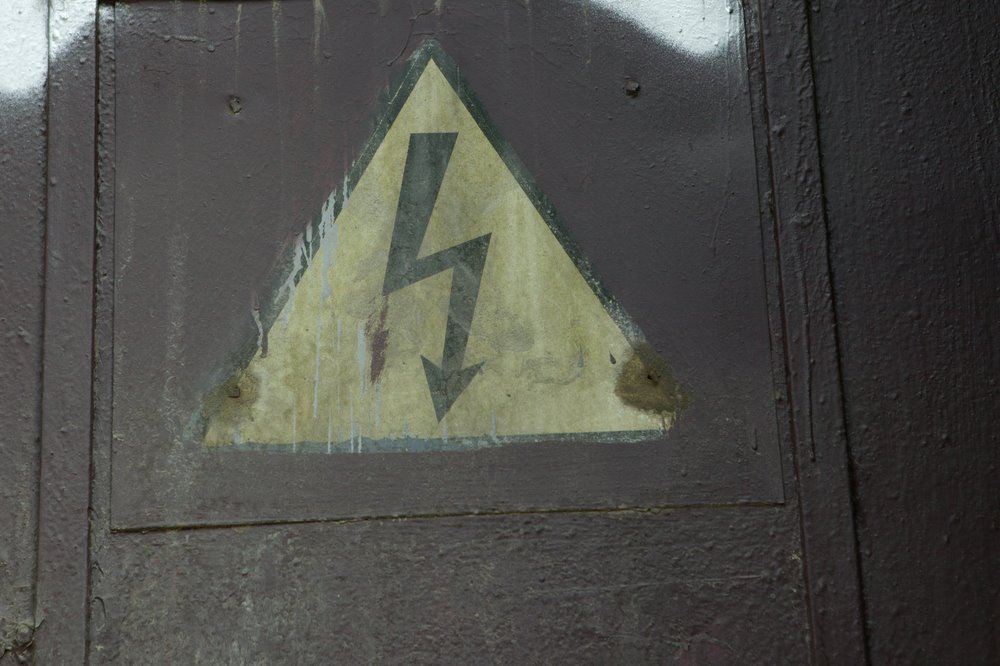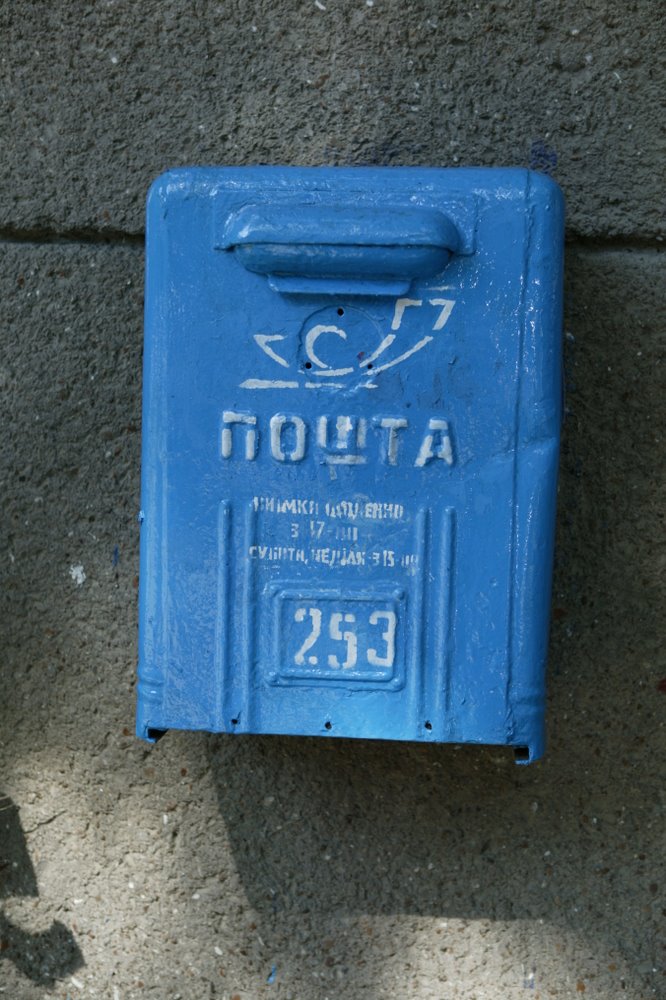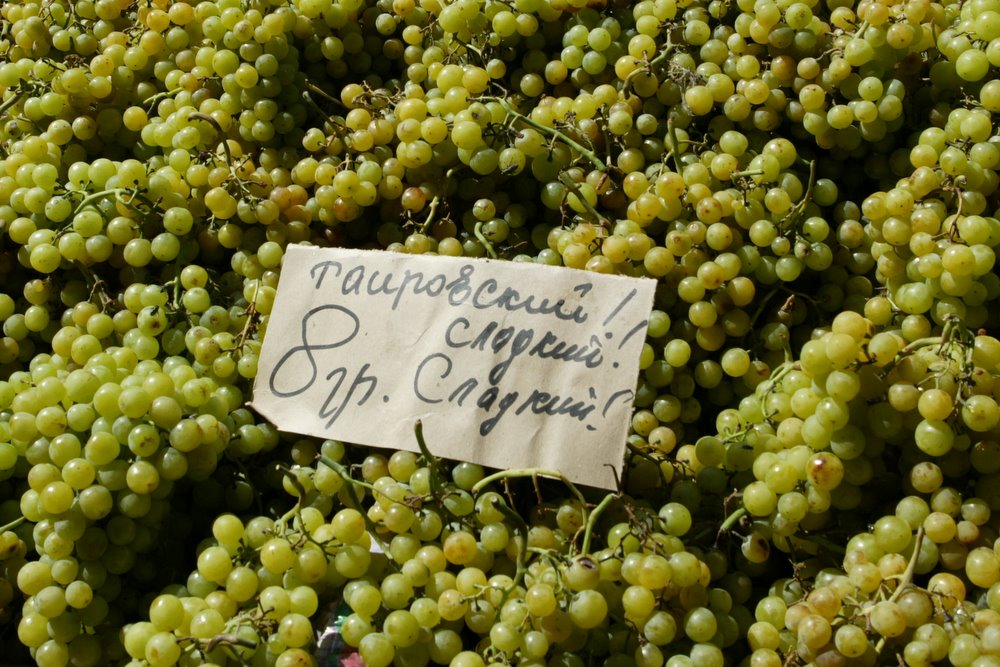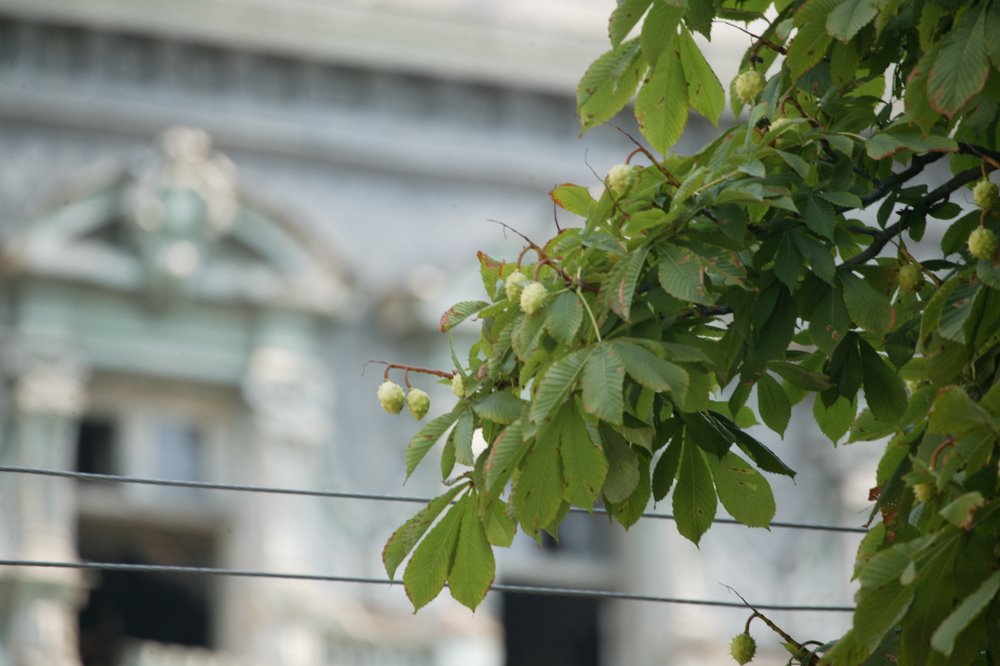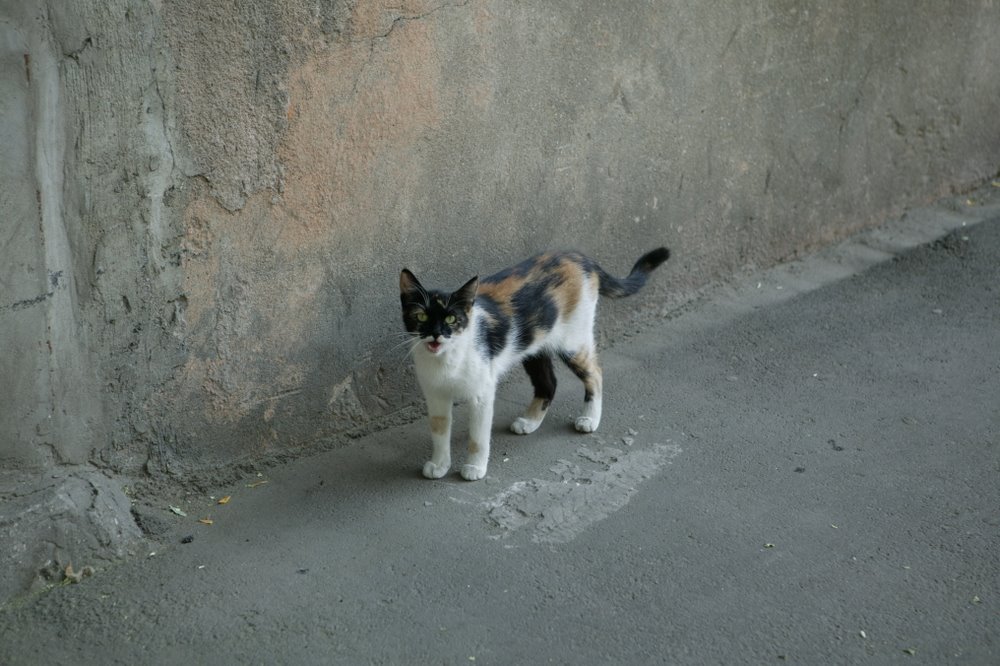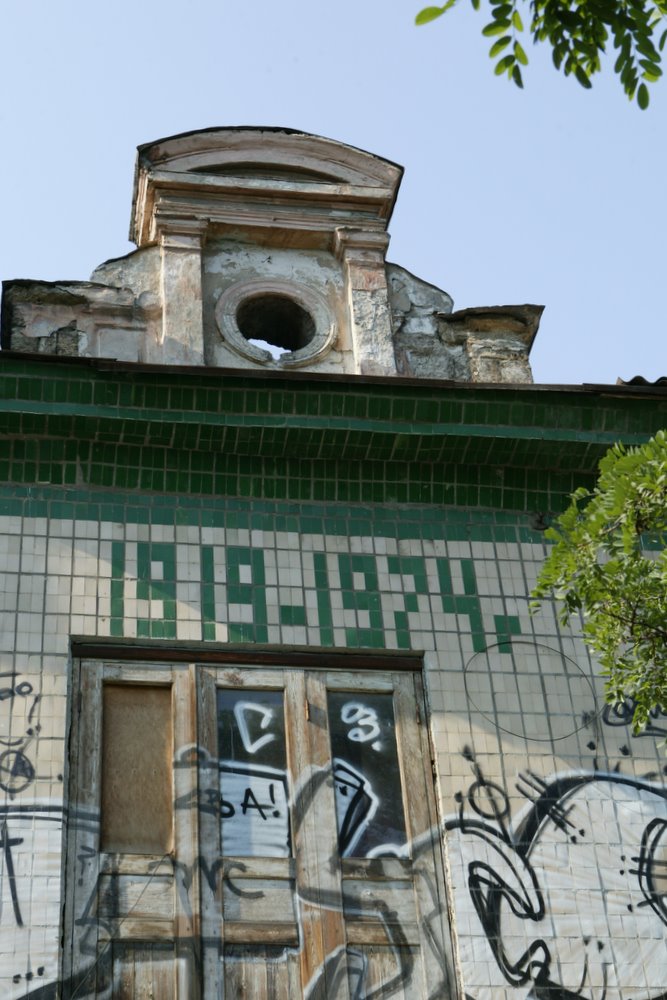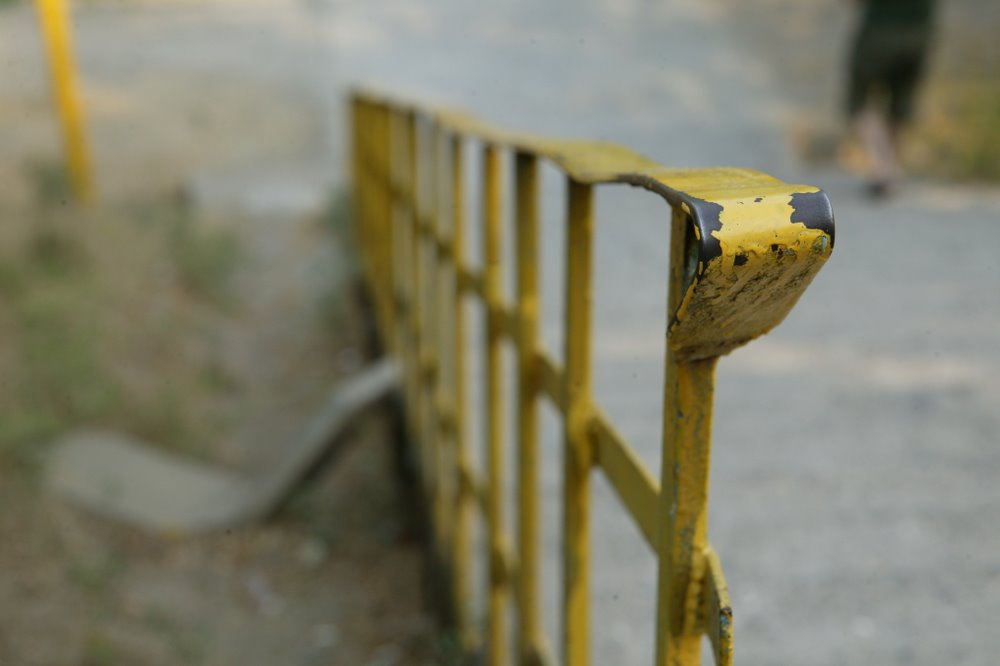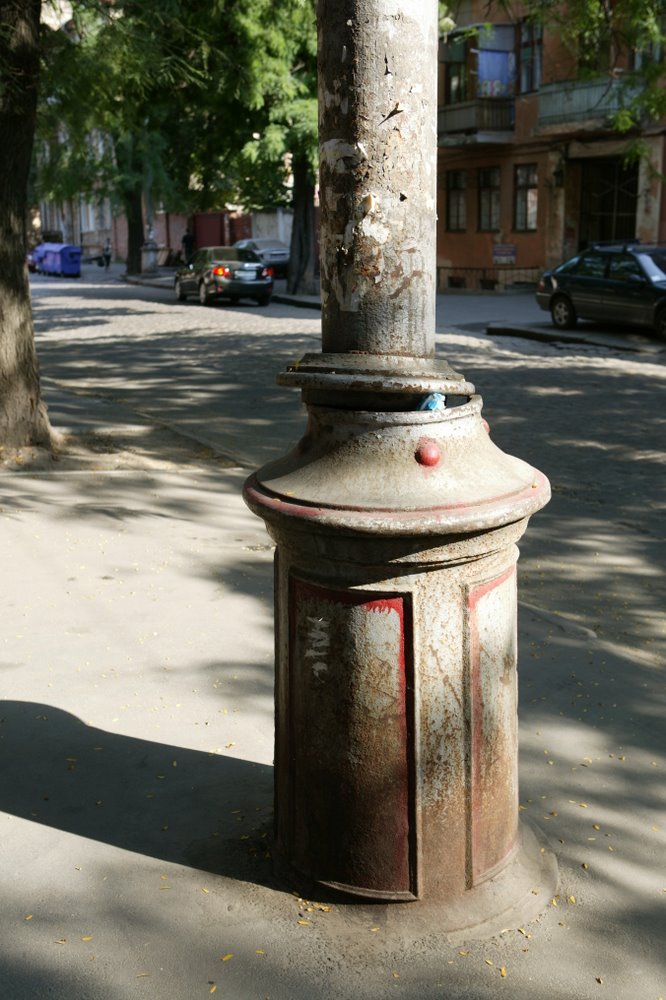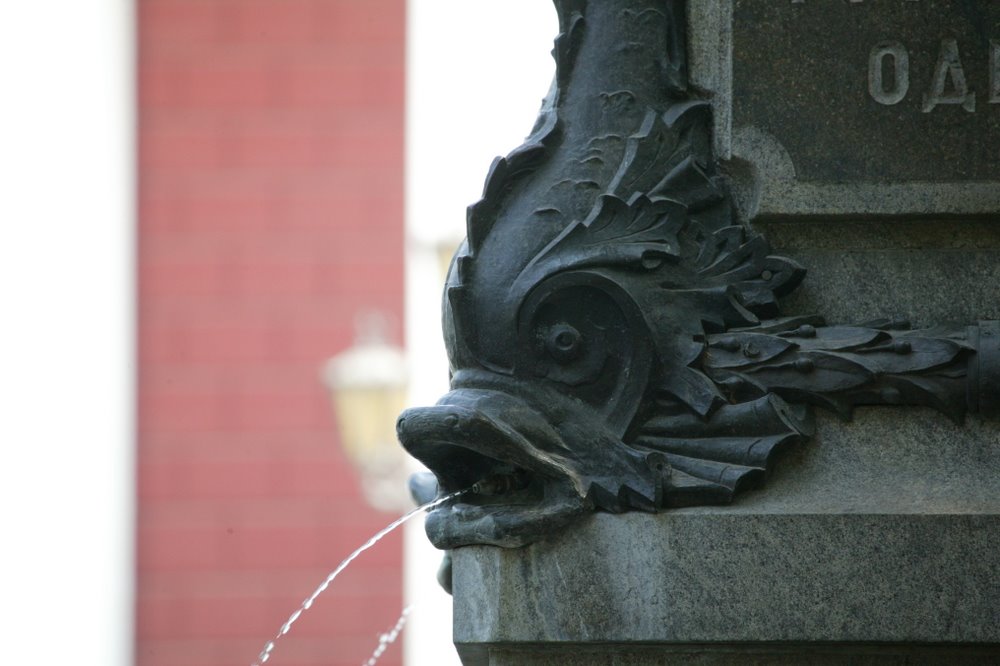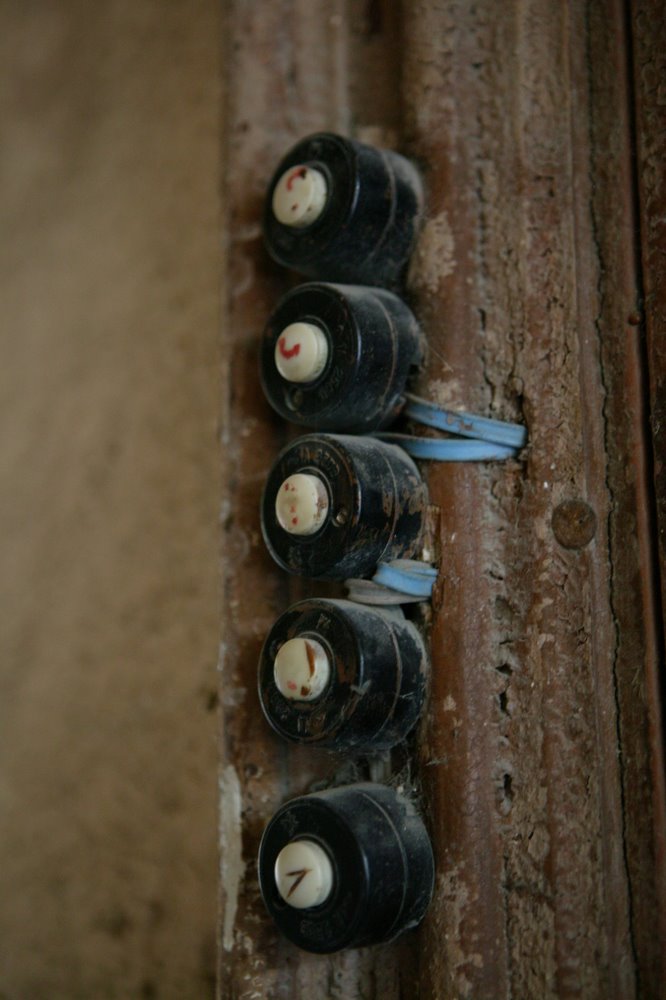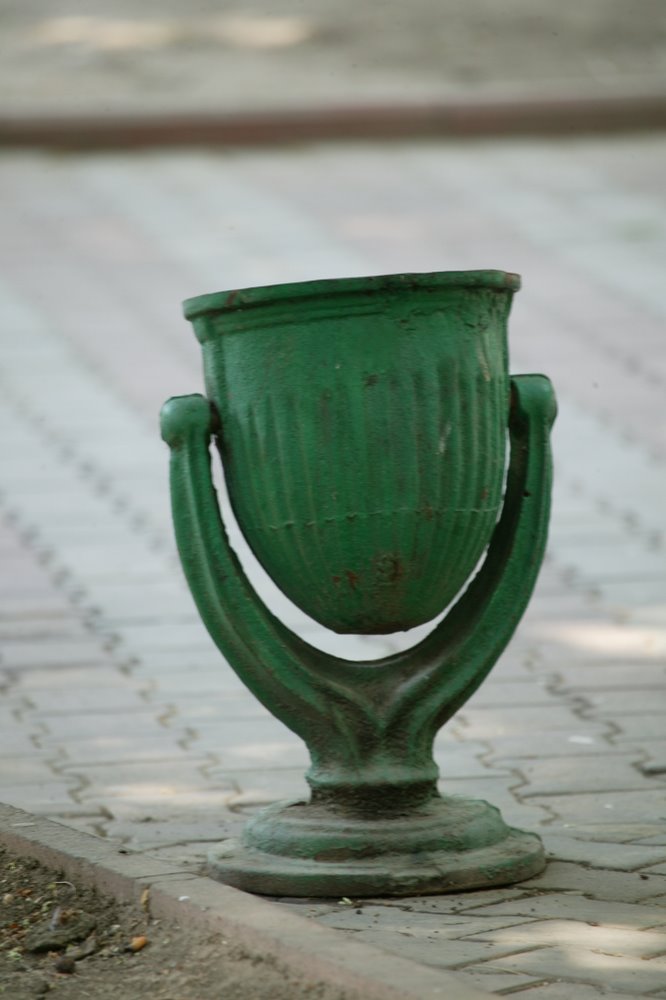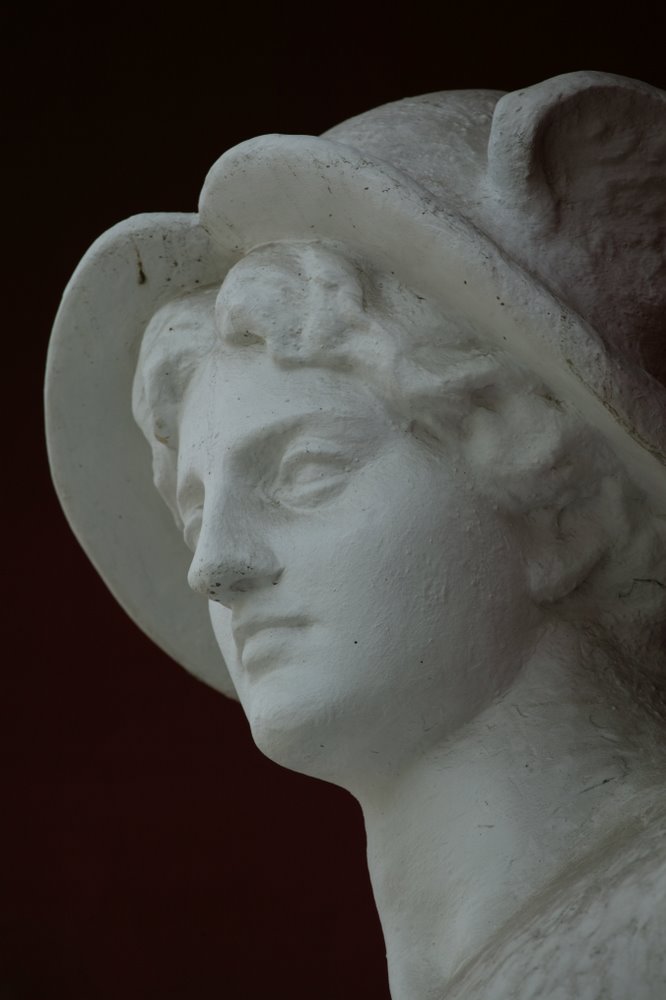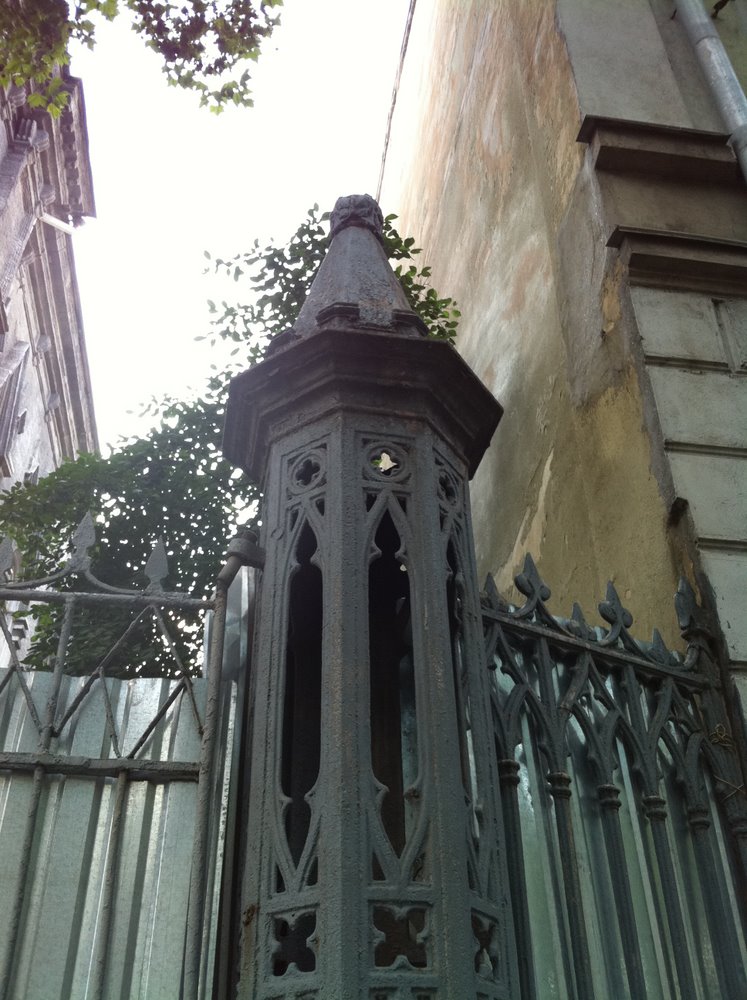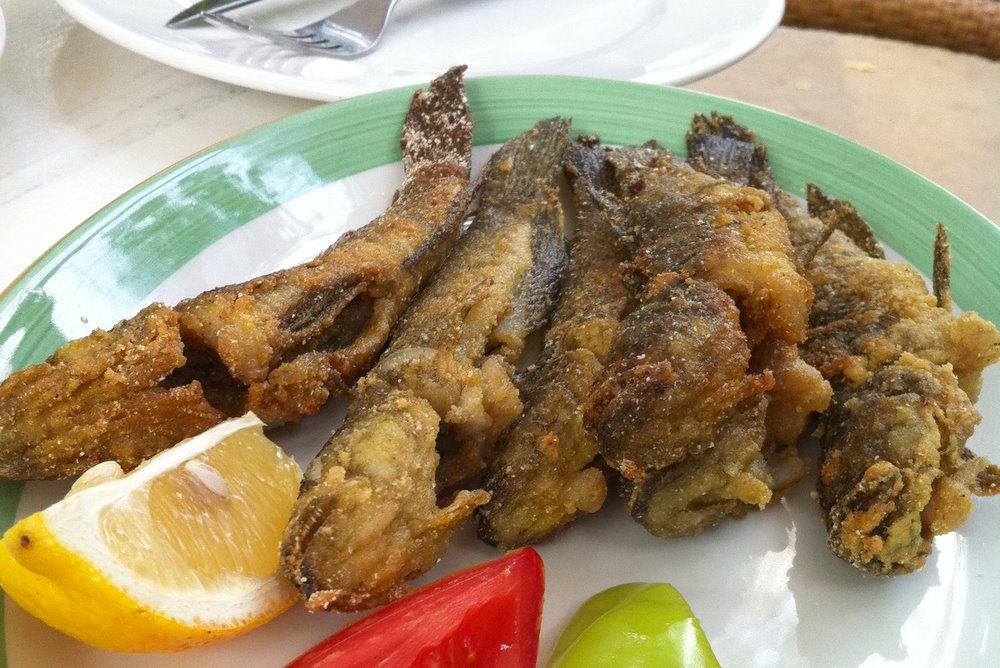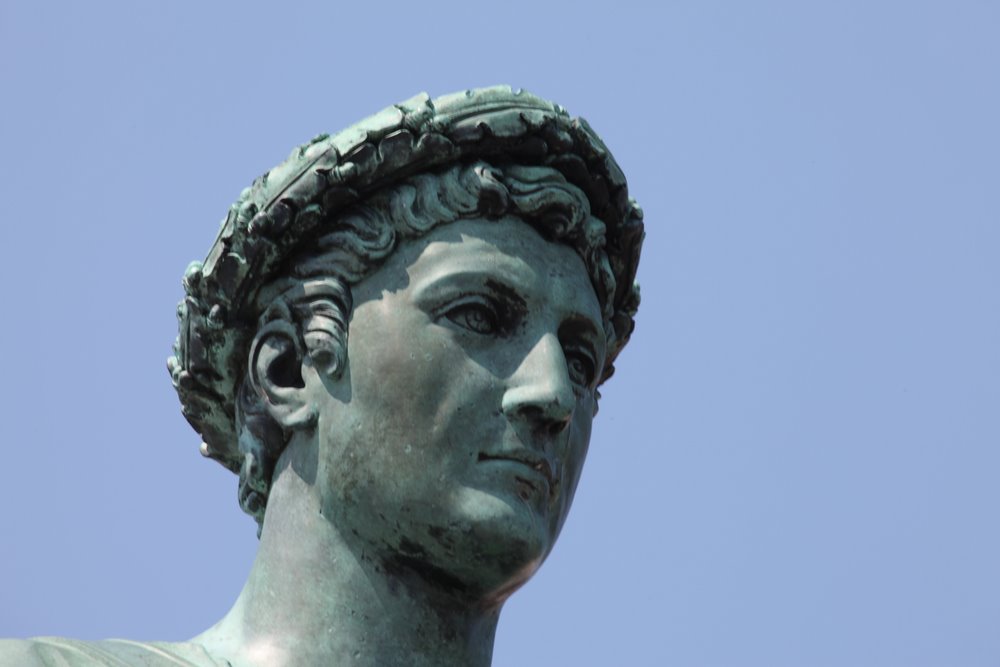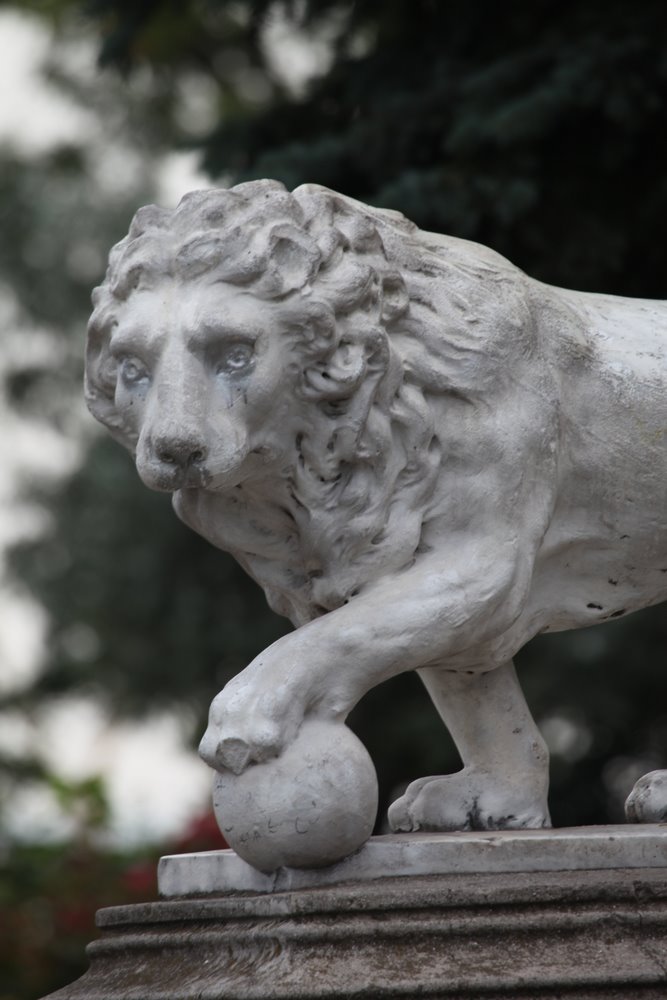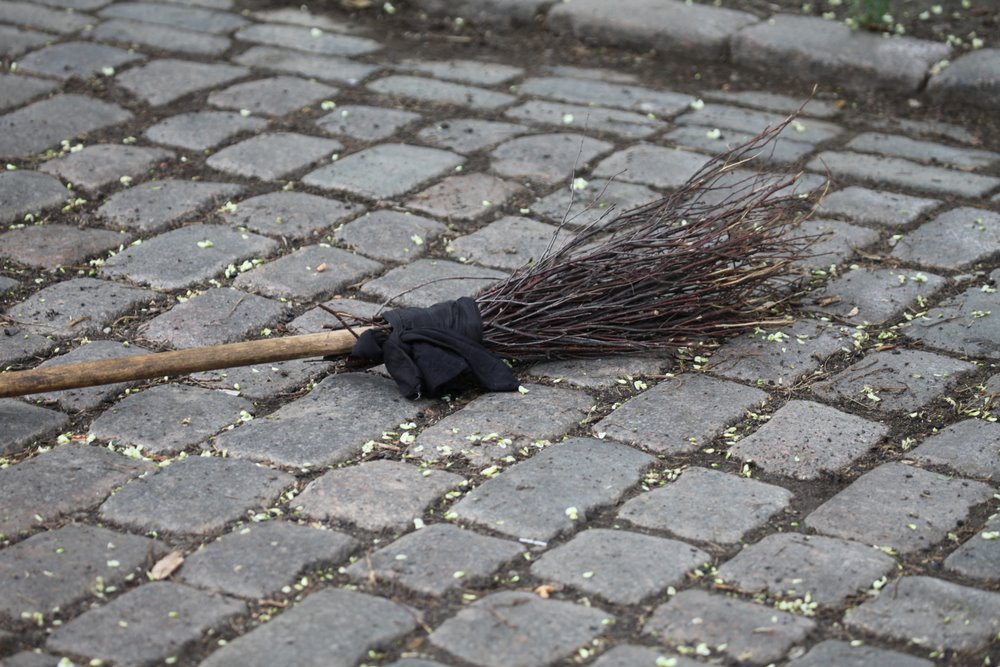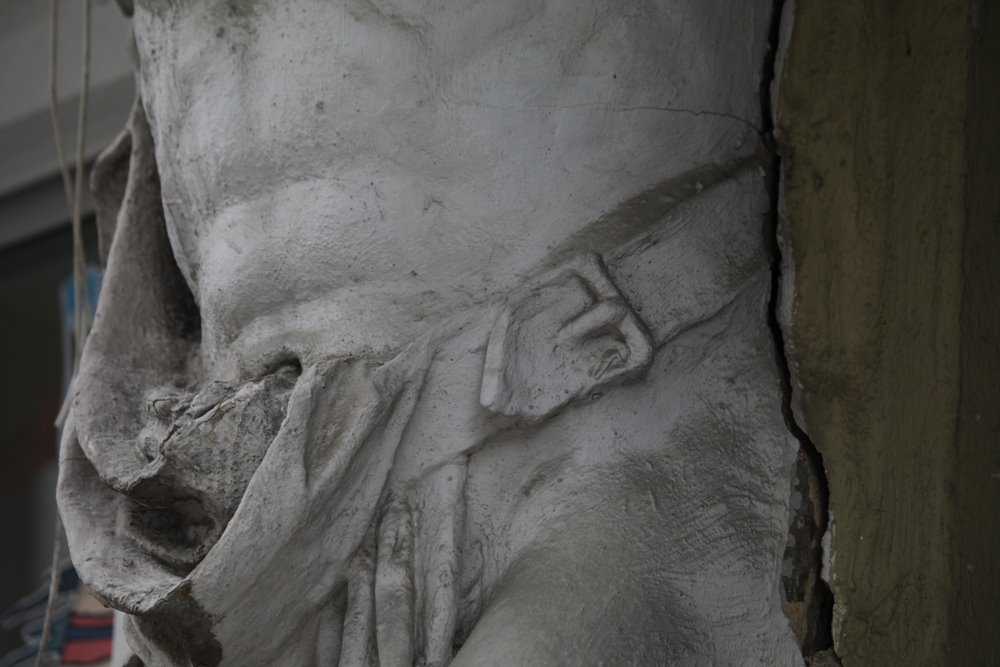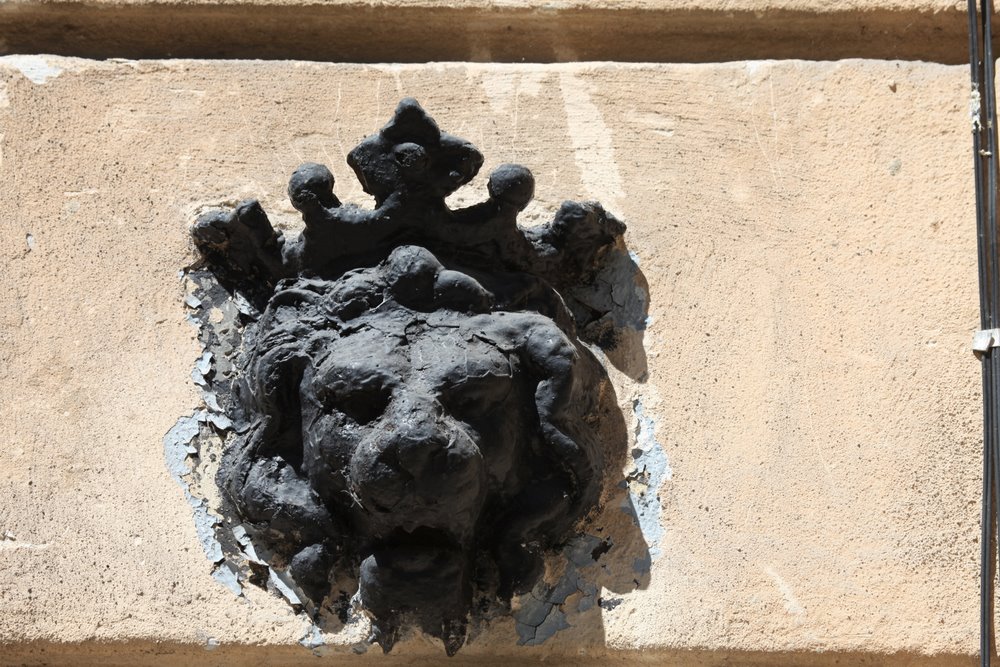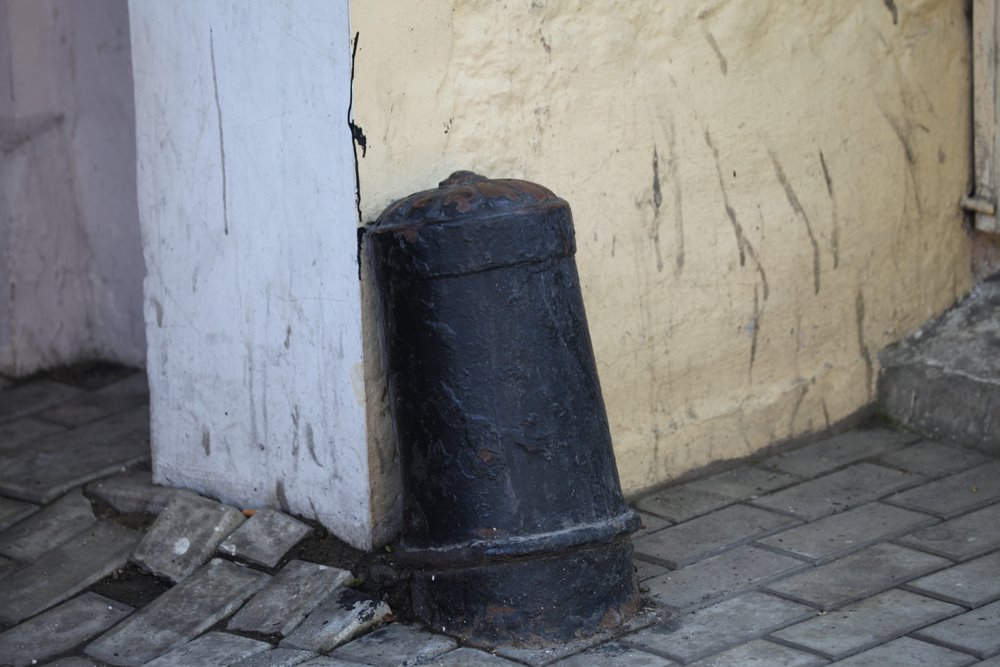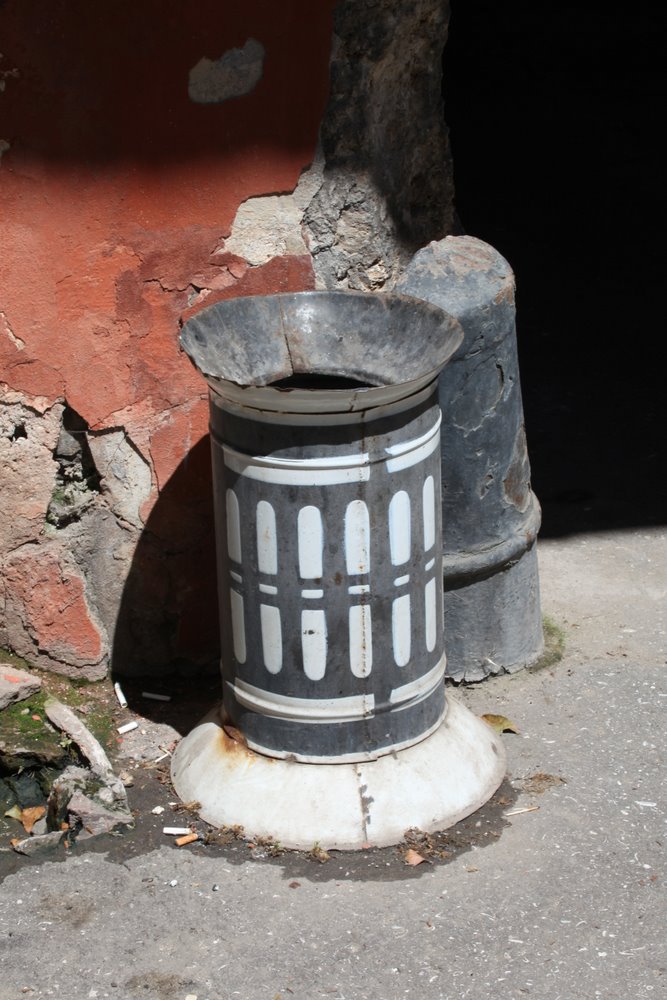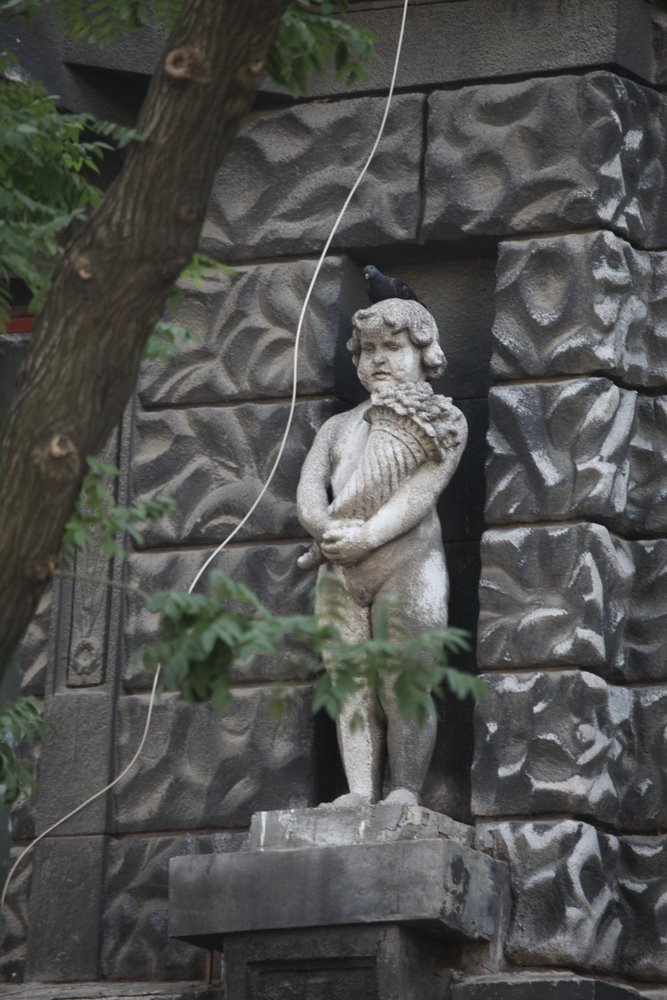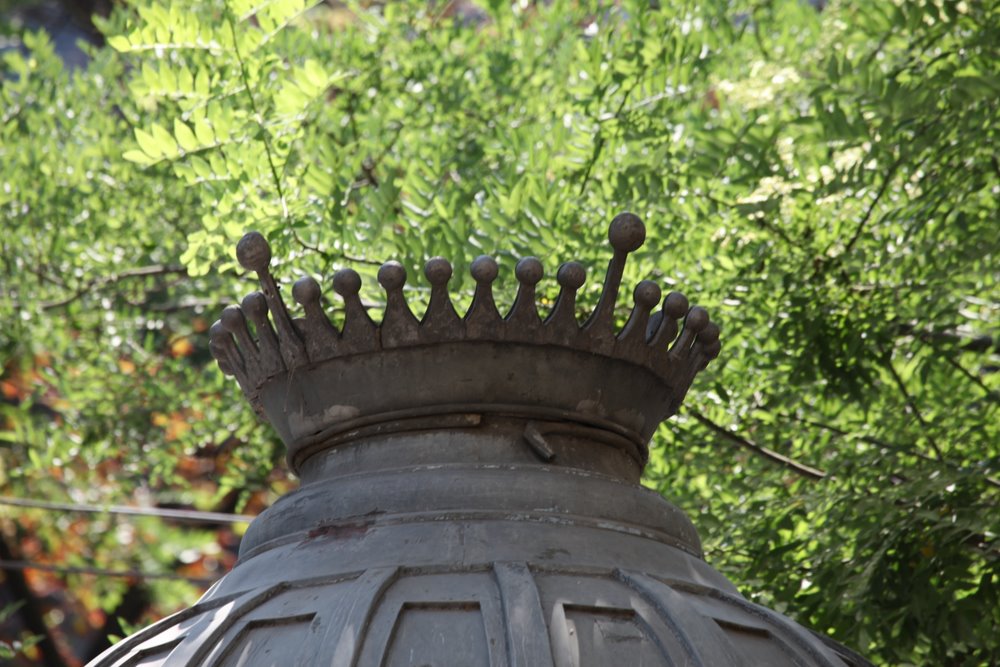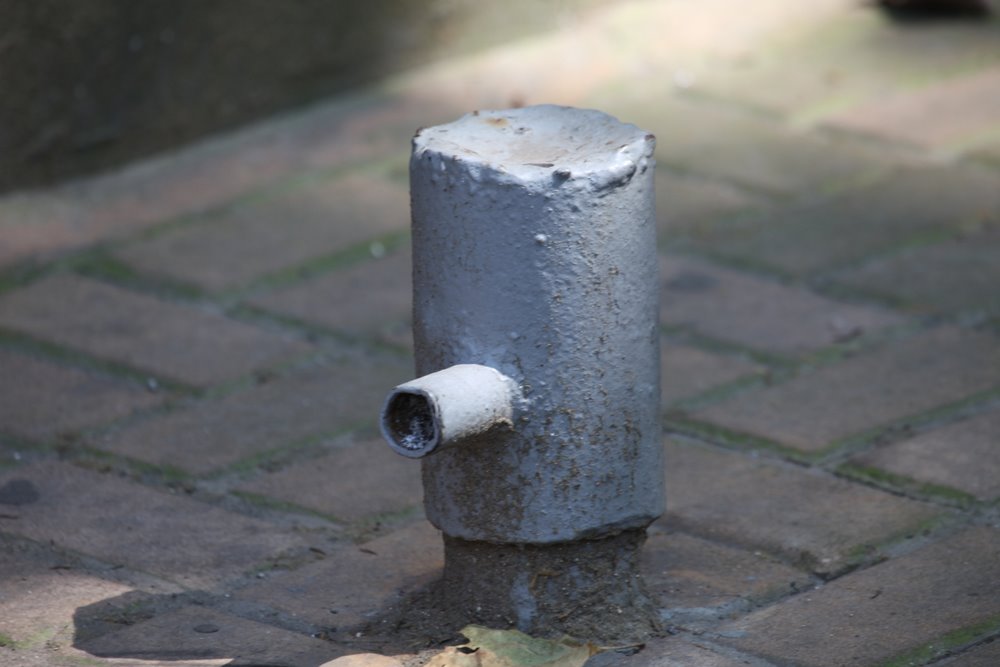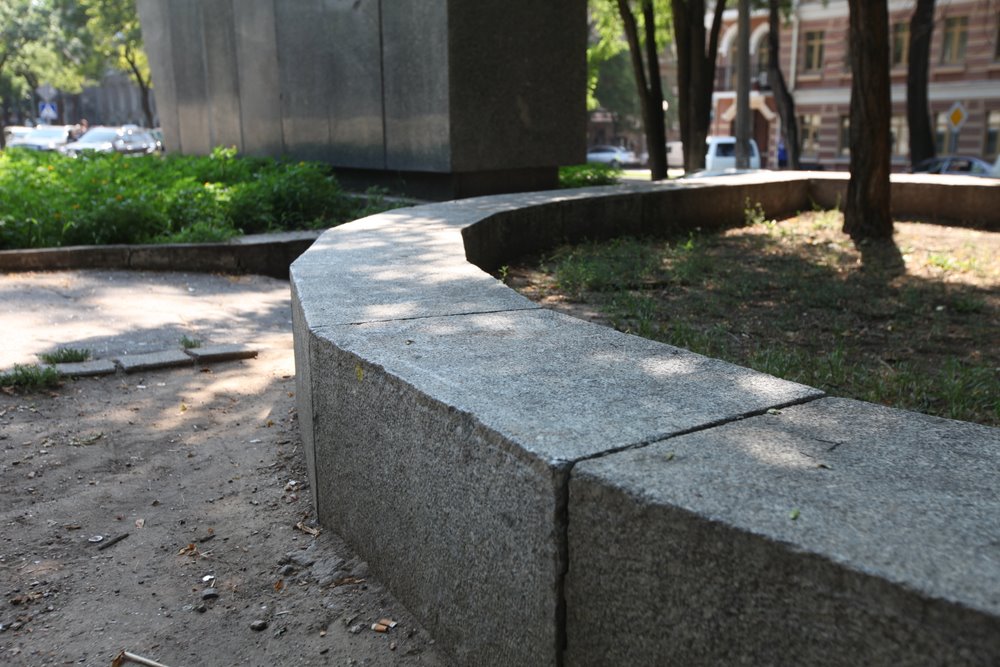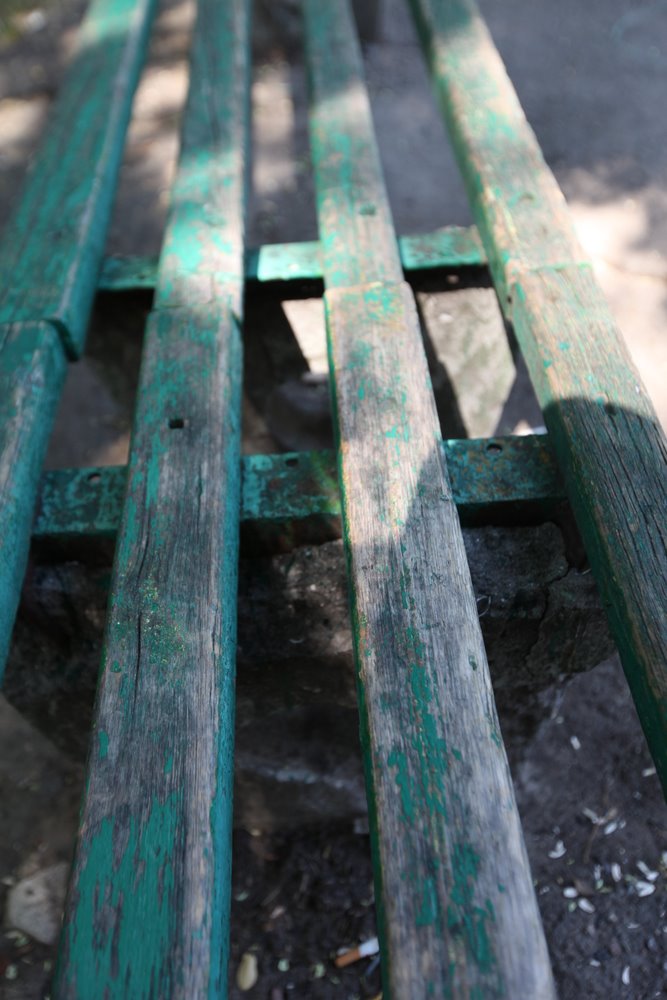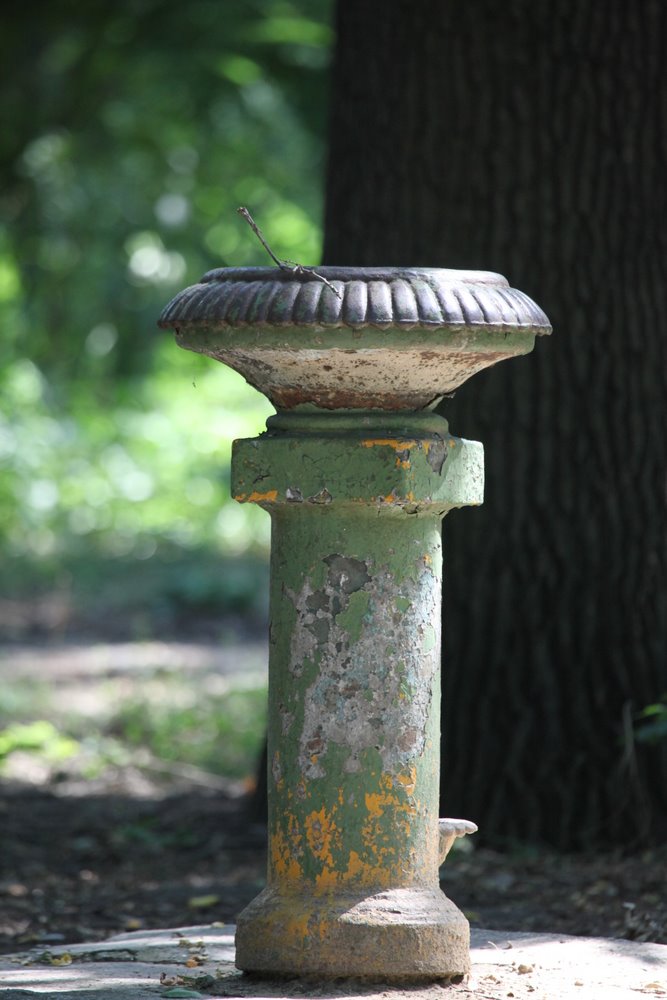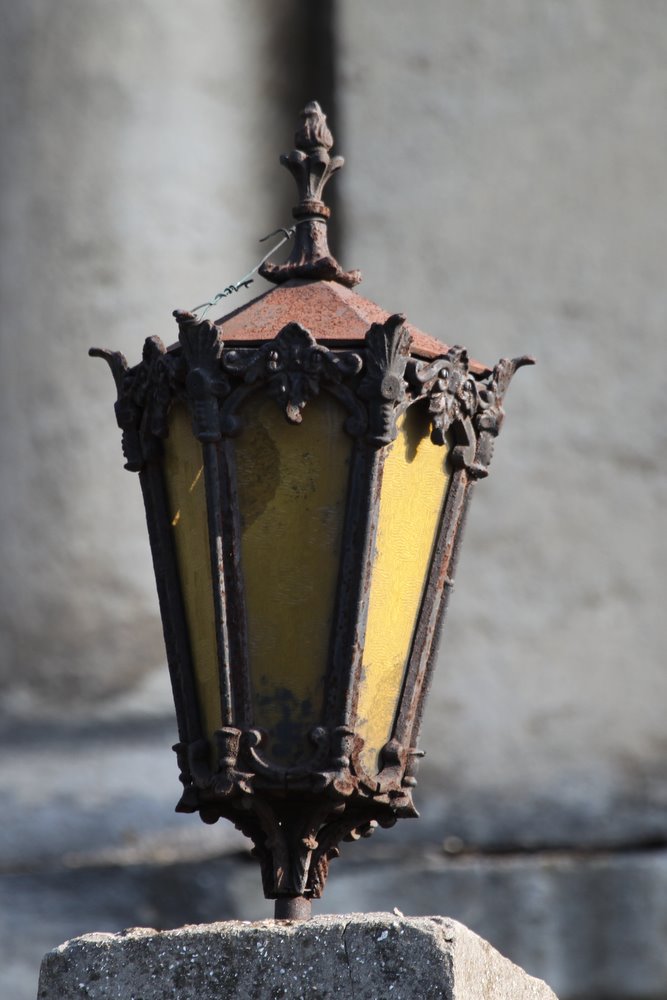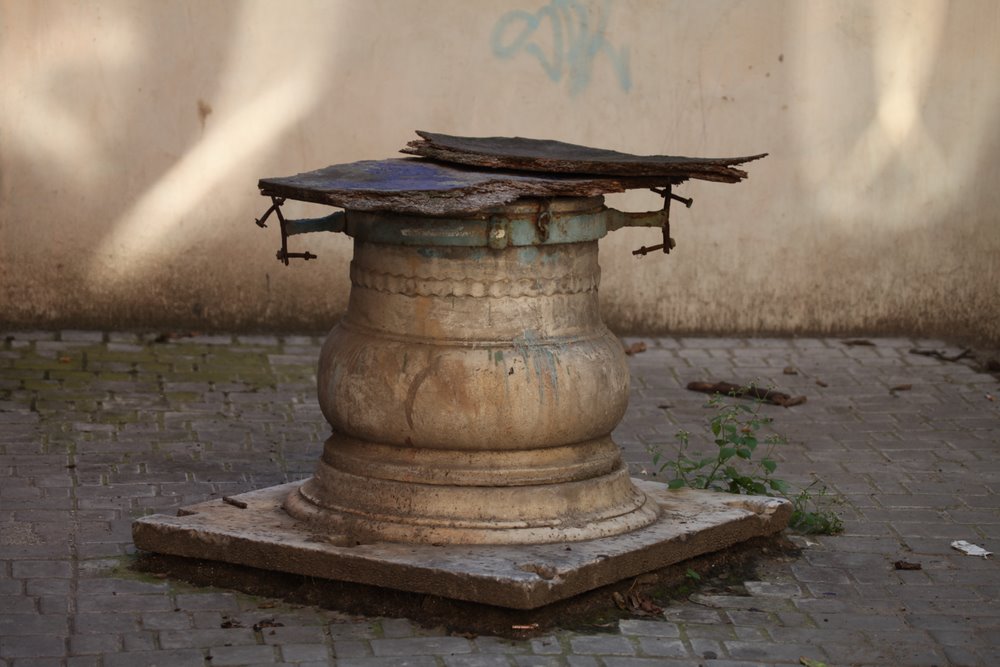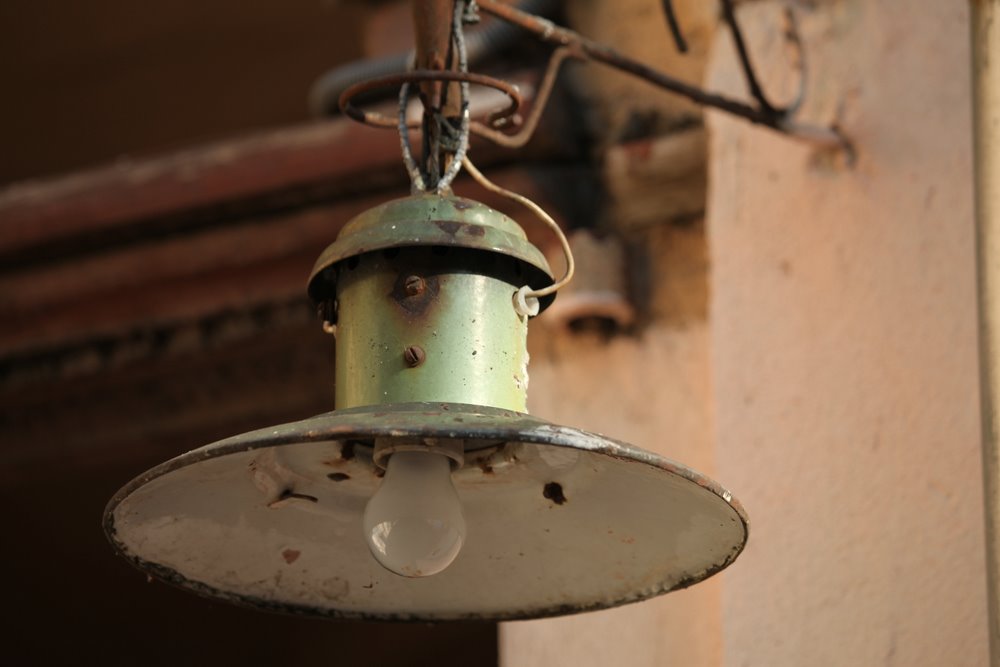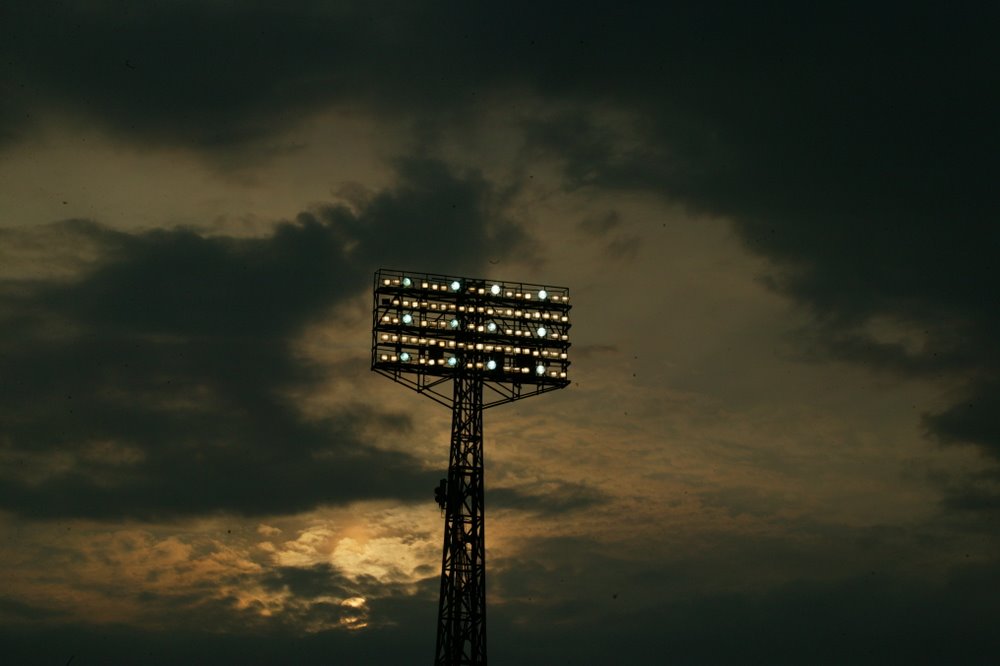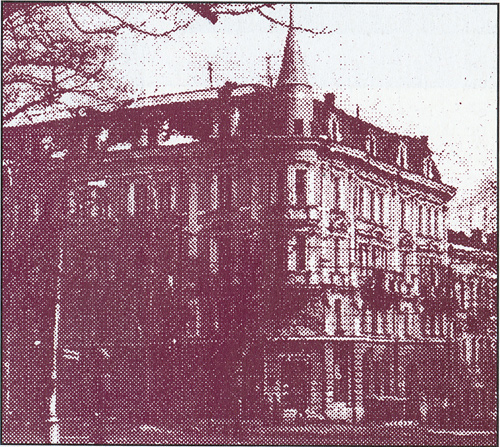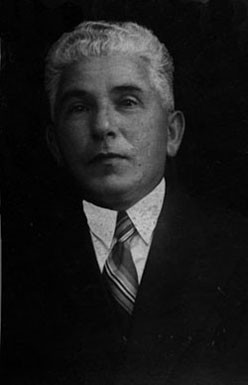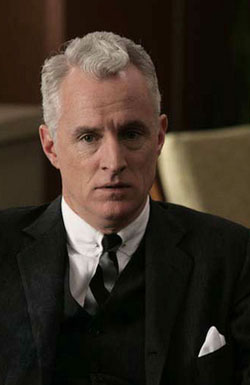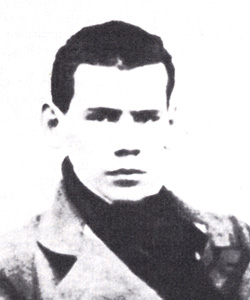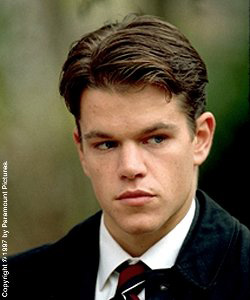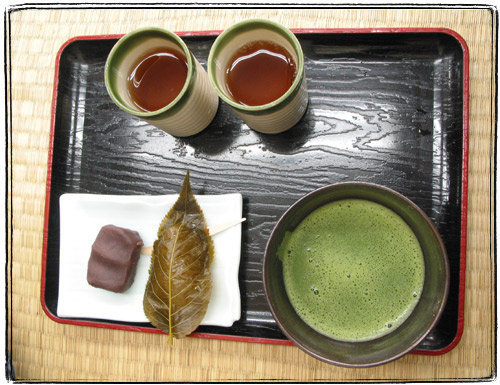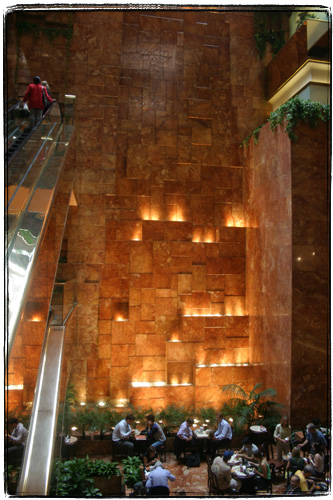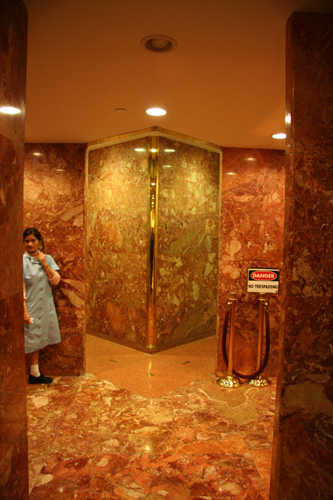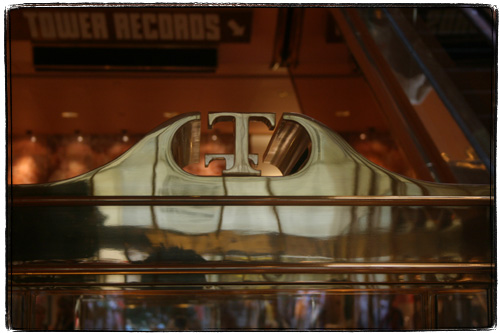I own a few quality Canon lenses, but 100-400 zoom lens is my favorite. 100-400 is heavy and it needs to be swapped in for something more reasonable often because it only catches a small part of the overall picture. Yes, extreme closeup is a cheesy trick: every object starts looking more significant than it already is when the focus is on it and the background disappears in a soft blur known as “bokeh“. But more often than not I do want to get rid of the clutter and take a closer look at something, to intensely focus on one thing. Sometimes looking at an object zoomed in at 400 you find something new – like a ghostly outline of the old company name hiding behind a new neon sign or a joke left in by the sculptor or notice what is going on on the tops of skyscrapers.
100-400 seems to add a strange, otherworldly glow to things – the glow that I associate with memory.
Here’s a series of closeup photos of my hometown, Odessa. Beware, if you are from there this might cause some serious nostalgia.
The postal boxes were repainted a few times, but are still pretty much the same.
A core sample is the best demonstration for watermelons
But you have to trust the merchant’s sign that the grapes from Tairovo are sweet!sweet!
The dish of my childhood – a tomato salad with tomatoes that taste like tomatoes.
The building in the background is gone, but the old horse chestnut (which is probably a few hundred years old) is still around
Here’s what you do with the leaves of acacia: you rip them off in one motion and hold them tight in your fist. Then you let go in an upward motion and try to catch as many as you can. Then you play age old game of loves me-loves me not with the remaining leaves. Well, at least that what I remember.
Kitteh, as neglected as the city itself voices her complaint.
A pigeon walks around in fallen acacia flowers in front of my hildhood home. I gathered a bunch of these flowers. They still smell like the city that I lost.
These flowers in the park are still the same.
A terrible piece of tile grafitti sprung on a refined and sophisticated building by its new owners is now covered in even cruder grafitti. Soon the slate will be wiped clean. The act of tiled vandalism always amazed me when I saw it as a kid – it was one of the first hints as to what happened in 1919.
The staircase that leads to the sea at 13th Station of the Big Fountain. If you were brave, you could ride it down, but it lead to more sprains, scrapes, ruined pants and mis. injuries than I care to remember. Yet few kids could pass by the opportunity to ride it down.
Seemingly indestructable electrical poles are surprisingly free of ads, but they must have carried more of them than many newspapers.
Pushkin’s fish is still spitting into the fountain basin full of coins left by tourists.
Corn on the cob at the beach is as spectacular as ever
A remnant of a communal flat: after the Soviets kicked out and mostly shot the old tenants, what is known in New York as a “classic 5“, a spacious one family apartment became a 5 family apartment. The communal spirit was not complete though – all 5 bells would have been connected to separate electricity meters.
These sturdy cast iron garbage urns might be pre-revolutionary in origin. They always reminded me of the Pushkin monument and the drinking fountain in the park (which I’ll cover further down).
Mercury from the City Hall building stares blankly
The iron fence of the old synagogue reminds me the fence in front of a church on 5th Avenue.
This is where I would jump off almost every time when visiting the park
Bullheads!
The laurel crown of Odessa’s beloved founder, Armand-Emmanuel de Vignerot du Plessis, Duc de Richelieu, looked like a kangol-style hat to me when I was little. I guess it still does.
Poor old lion dragged from somebody’s pre-revolutionary dacha to “the old Odessa corner”. I sat on this beast many a time for a photo, and so did probably millions of locals and tourists.
They still use homemade brooms – I’m sure these are superior to synthetic-bristled ones. At the very least they must be cheaper.
Wild grapes are in every other courtyard. They are extremely sour when green, but rarely survive into maturity.
This Atlas always amused me because unlike other classical atlases he wore a working man’s belt. He is in a very bad way.
This lion appears on dozens of buildings. I guess it was on sale two centuries ago.
It’s pretty hard to destroy ironwork.
I bet Alexander Pushkin tied his horses to this thing. Or something. It was good for jumping on and off it.
These trashcans were all over the place when I was a kid – I only found one in the back of a courtyard.
I bet this kid with a cournucopia (or just a bouquet) of flowers had a wingwang at some point.
A piece of Soviet sculptural impotence is still memorable to me for some reason. I think it’s supposed to sybolize basketball. Or the last drop of patience or something.
The crown of one of the last remaining cast iron ad pillars
There were a few of these things all over the city. As a kid I was told that these were for sampling gas – I remember trying to smell it at some point.
The entrance to the park – a place to meet after school.
A park bench
When I was crawling around the park as a toddler this fountain used to work. It always reminded me the Pushkin monument – it might have been cast by the same company. I still have memories of my father raising me up so I could take a drink.
Our sadistic gym teacher made us do pull-ups on these bars.
This is another place where no self-respecting child would walk on the ground instead of skipping on the parapet
This lamp has seen better times
Some people say these wells were operational at some point, others say that they were simply ornaments dragged from elsewhere where they were operational. In any case, these are reminders of the time when Odessa’s major source of water was roof-collected rain and the Fountains.
A lamp of the Soviet vintage
A horrible Soviet-era mosaic that is nevertheless burnt into my childhood memory
The soccer stadium lights always made me sad for some reason
